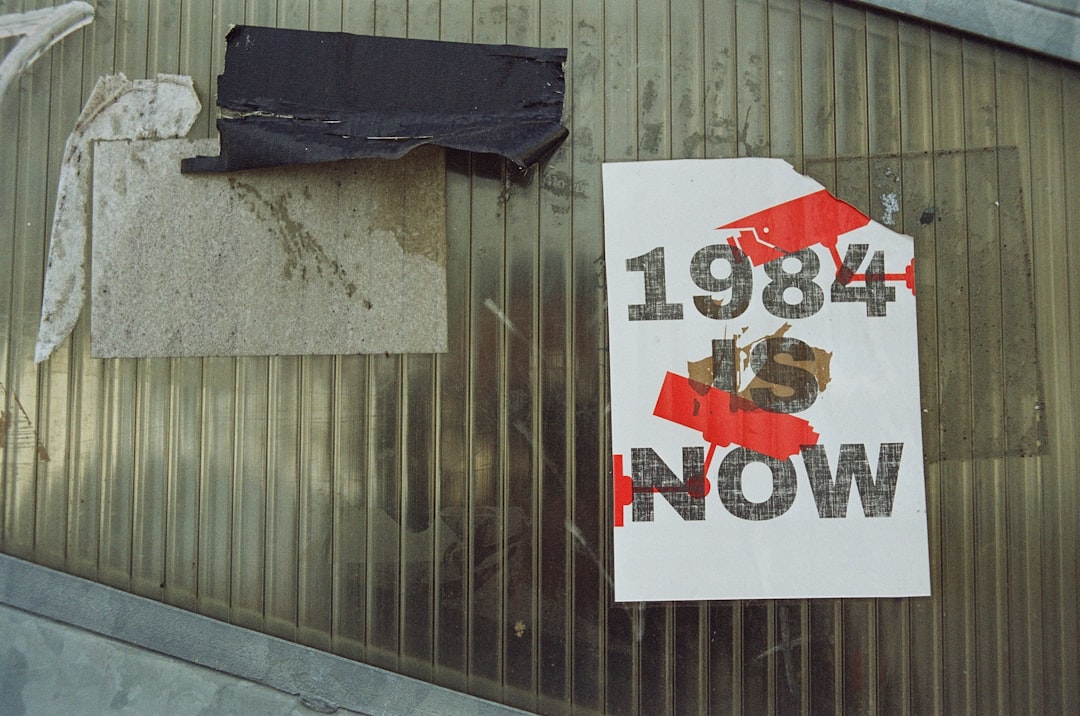Twice now in the past week I’ve come across the idea that those who are forgotten or invisible are both remembered and seen by carceral systems. First I saw it in Rehearsals for Living which is a collection of letters between Robyn Maynard and Leanne Betasamosake Simpson. Then I saw it in Octavia’s Brood, a collection of short stories inspired by Octavia Butler. She’s sold out of my local second hand bookstore by the way, an inconvenience in which I take heart because I did see a copy or two of that wretched handmaids book. The young man who works there told me that they sell as fast as he gets them in, which admittedly can be understood in a variety of ways but I’m taking it to mean that we’re all reading The Parable of the Sower, as we should be.

Simpson quotes El Jones quoting Beverly Bain who says of Black people, “We are invisibilized in the discourses of protection and safety, but hyper-visiblized in punitive discources and practices invested in Black death.” Maynard responds, decrying the lack of notice which results in a lack of care given to those who live in encampments and impoverished places but then noting that forgotten places are not forgotten by all. They are, in fact, often scenes of community and creativity that frankly puts the lie to Maslow and his hierachy but you probably know my feelings on that already. In the short story Sanford and Sun by Dawolu Jabari Anderson (found in Octavia’s Brood), there is the following exchange between Fred Sandford and Sun Ra:
Sun Ra: I’m not real, I’m just like you. You don’t exist in your society. If you did, your people would not be seeking equal rights.
Fred: Oh yeah? Try driving through Beverly Hills at night and see if you don’t exist to the police [laughter]. You’ll end up being non-existent. [laughter]
Sun Ra agrees with Fred and says he proves his point, if they were real he would have status, and he doesn’t. So they’re both myths and that made me think about the way that Black and Indigenous people are mythologized. Seen as the living embodiment of our legends and fables. Our stories can’t possibly be true, and yet we’re expected to live and talk as if we just stepped out of them.
The way that we are seen describes the borders around and between us. It isn’t necessarily a bad thing. Blur a picture too much and you don’t know what you are looking at anymore. While I’m all for abstract art, abstract lives are just not as enjoyable. Refusing to see my edges is as harmful as drawing your own lines on top of me and the values that we give to these lines, both real and imagined, add insult to very real injury.
We are forgotten when it comes to practices of safety, but remembered by the things that make us unsafe .. and yet this forgetting can also be a measure of safety. Robyn found that when she wrote about the encampments and the creativity that is born in them. There are collectives and circles that form on the edges of this world in which we keep each other safe without the intruding demands of a state that only wants to separate us from each other. Unseen and forgotten by those who want us in little boxes made of ticky tacky and they all look just the same.

So when we want to be seen, when we seek to be remembered we have to consider who is remembering us. Because for we who are invisible and forgotten to all but carceral systems, triggering memory carries a risk.
We do this all the time, we know that these systems only think about us in very particular ways and we think that if we can get them to think about us differently they will treat us differently and that can be a mistake. Do we really want these systems to notice us? To remember us? Because their narrative is the one that underlies the educational system and the legal system. It undergirds our financial and property systems. All we have is legend and myth and those stories, powerful as we know them to be, are no match. Not in this kind of fight. Not when the fight is on their terms. And making ourselves visible to them, pleading with them to see us as human (how pathetic is that?) allows them to set the terms. And worse, it extends their reach into our communities.

In Torn Apart and Policing Black Lives Roberts and Maynard point out the cost of these community based models of child welfare and policing. That by reminding them that we are human too we increase our visibility with them and then our involvement with them. We become known to them, familiar to them, remembered by them. Do we really think that the reason our families are disproportionately destroyed by these systems is because they have forgotten us?
Hogwash.
Who remembers us matters. Who we carry in our memory matters. We can walk together in safety, obscured in the shadows of myth and legend and come back to ourselves because our stories are true and we can find our way home through them, these places where we set the terms, where the fight is on our turf.
And maybe it’s better if they don’t know that.
The forgotten
it matters who remembers you
